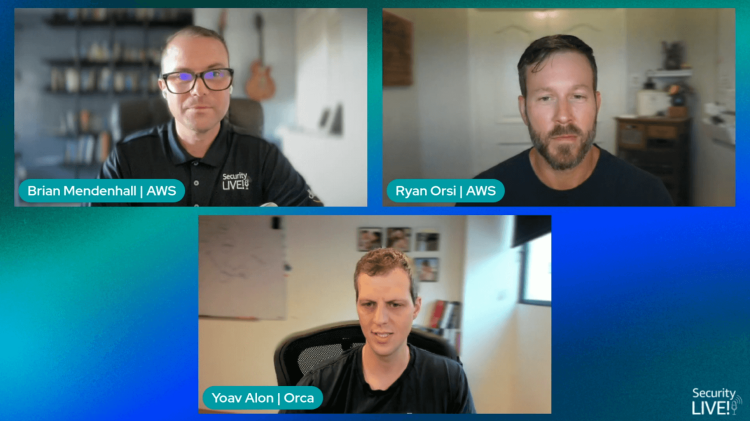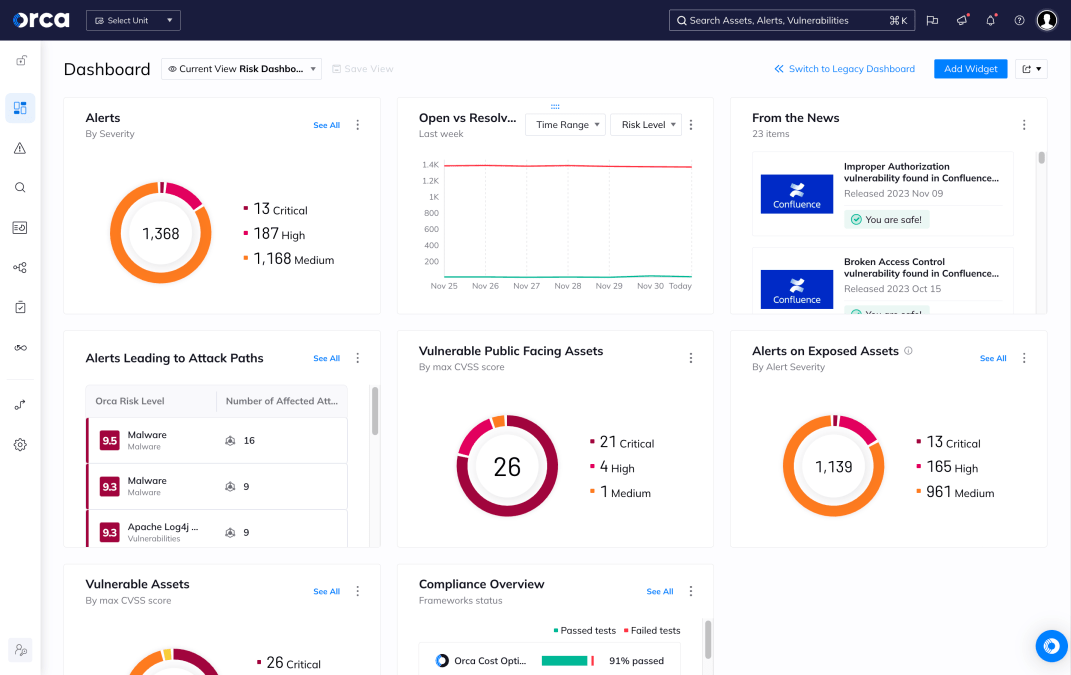Cyber Asset Attack Surface Management (CAASM) is an emerging cybersecurity discipline focused on continuously identifying, cataloging, and assessing the security posture of every asset within an organization’s digital ecosystem. CAASM aims to provide unified visibility into all known and unknown assets across cloud, on-premises, and hybrid environments. By aggregating data from disparate tools and environments, CAASM enables security teams to build a complete, up-to-date inventory and manage associated risks in a systematic way.
What is CAASM?
CAASM refers to the practice and technology platform that aggregates and correlates cyber asset data from various IT and security systems to create a comprehensive inventory. Unlike traditional asset management, which often relies on manual processes or siloed tools, CAASM platforms use APIs to pull in data from configuration management databases (CMDBs), endpoint detection and response (EDR) tools, cloud providers, identity providers, vulnerability scanners, and other systems.
The result is a continuously updated, centralized repository of all digital assets—including compute instances, containers, user accounts, storage buckets, databases, SaaS applications, and more—along with context on their ownership, configuration, security posture, and business relevance.
Why CAASM matters
Modern enterprises operate in sprawling IT environments where assets are ephemeral, decentralized, and often invisible to central IT. The explosion of cloud computing, remote work, DevOps, and shadow IT has made asset visibility both more important and more difficult. According to the Orca State of Cloud Security Report, nearly a third of cloud assets are in a neglected state on average, creating a soft target for attackers to exploit.
CAASM addresses this visibility gap by serving as a foundational capability for effective cybersecurity. Without an accurate asset inventory, organizations cannot reliably:
- Identify exposed or vulnerable systems
- Measure and enforce compliance
- Respond quickly to incidents
- Implement zero trust policies
Regulatory requirements such as NIS2, HIPAA, and PCI DSS now expect organizations to demonstrate continuous asset monitoring and inventory accuracy. CAASM platforms help meet these expectations by offering real-time, auditable insight into asset populations and risk exposure.
How CAASM works
A CAASM solution typically works through three primary mechanisms:
- Integration and data aggregation: CAASM platforms connect to existing infrastructure and security tools via APIs. This includes integrations with cloud service providers (AWS, Azure, GCP), EDR and XDR platforms, vulnerability management tools, IAM systems, and ticketing platforms. The system ingests metadata and telemetry to build an asset inventory.
- Normalization and correlation: Raw data from multiple sources is normalized into a unified data model. Asset records are deduplicated, correlated, and enriched with contextual metadata such as risk severity, asset owner, business unit, and compliance scope.
- Visibility and analysis: The platform presents the resulting asset data through dashboards, queries, and alerts. Analysts can search for specific assets, filter by risk category, or identify coverage gaps (e.g., cloud instances not scanned for vulnerabilities). Many CAASM platforms include built-in exposure scoring, configuration drift detection, and query-based auditing.
This architecture enables security teams to detect blind spots, investigate incidents faster, and ensure consistent enforcement of security controls.
Key risks and challenges
Lack of CAASM introduces several systemic risks:
- Shadow IT and unmanaged assets: Employees often spin up infrastructure without notifying IT, creating unmonitored systems that attackers can exploit.
- Incomplete vulnerability coverage: Assets not captured by vulnerability scanners may be excluded from remediation workflows.
- Compliance failures: Inaccurate or outdated inventories can result in audit failures or regulatory penalties.
- Incident response delays: Without rapid asset lookups, security teams may struggle to understand incident scope and take timely action.
- Configuration drift: Over time, even managed assets may diverge from intended configurations, introducing security gaps.
Organizations lacking CAASM capabilities often discover these risks too late—after a breach or compliance violation has already occurred.
Best practices for implementation
To successfully implement CAASM, organizations should:
- Define asset classification criteria: Categorize assets based on business criticality, data sensitivity, and regulatory scope.
- Centralize asset governance: Designate stakeholders from IT, security, and compliance to jointly own and maintain the asset inventory.
- Automate asset discovery: Use agentless discovery, API integrations, and cloud-native scanning to identify assets across all environments.
- Establish validation workflows: Regularly audit the inventory for stale records, missing coverage, or misclassified assets.
- Integrate with remediation workflows: Ensure that exposure data flows into ticketing systems or SOAR platforms to drive response.
- Monitor continuously: Update asset inventories in real time or near real time to reflect changes in dynamic cloud environments.
These practices help transform CAASM from a passive inventory function into an active enabler of risk reduction and operational efficiency.
How Orca Security helps
The Orca Cloud Security Platform provides native CAASM capabilities, delivering deep visibility across AWS, Azure, Google Cloud, Oracle Cloud, Alibaba Cloud, and Kubernetes environments. Orca automatically discovers all assets, including those not covered by traditional tools, and provides continuous monitoring and prioritized risk detection.
With Orca, organizations gain:
- A unified asset inventory covering compute, storage, network, identity, and other asset types
- Automatic discovery of inactive or neglected assets
- AI-driven and assisted remediation for fast and easy resolution to security issues
Orca prioritizes asset risks based on a comprehensive set of dynamic factors that measure their true severity and business impact. This helps teams focus remediation efforts on the most critical issues, reduce alert fatigue, and improve security outcomes. Orca also offers deep two-way integrations with ticketing, development, and security platforms, while also automating multi-cloud compliance tracking and reporting.


